Accepted Papers
Recent catalogue
-
Vol.74 No.18
2025-09-20
-
Vol.74 No.17
2025-09-05
-
Vol.74 No.16
2025-08-20
-
Vol.74 No.15
2025-08-05
- All Archive
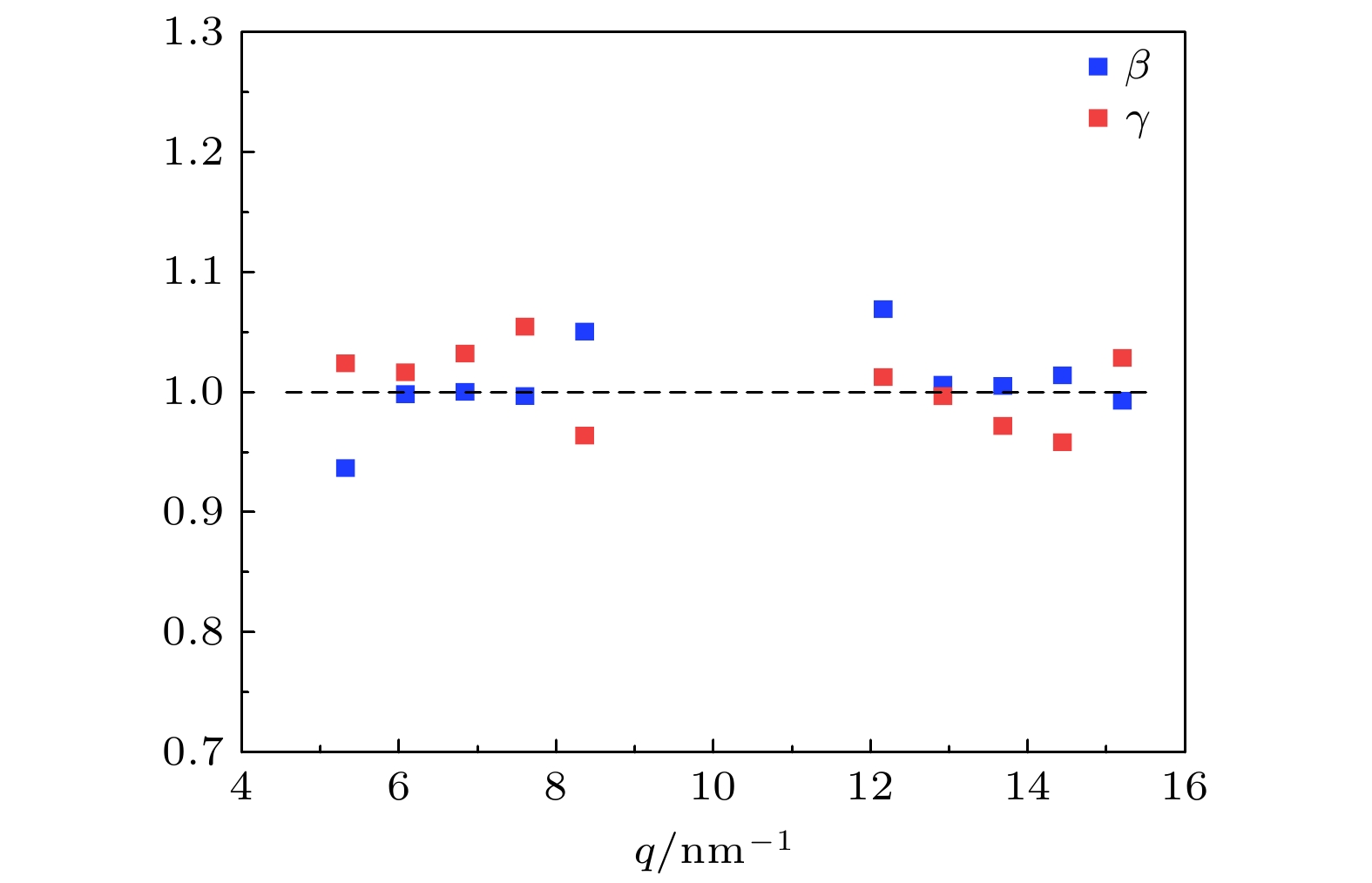
GENERAL
2025, 74 (18): 180201.
doi: 10.7498/aps.74.20250673
Abstract +
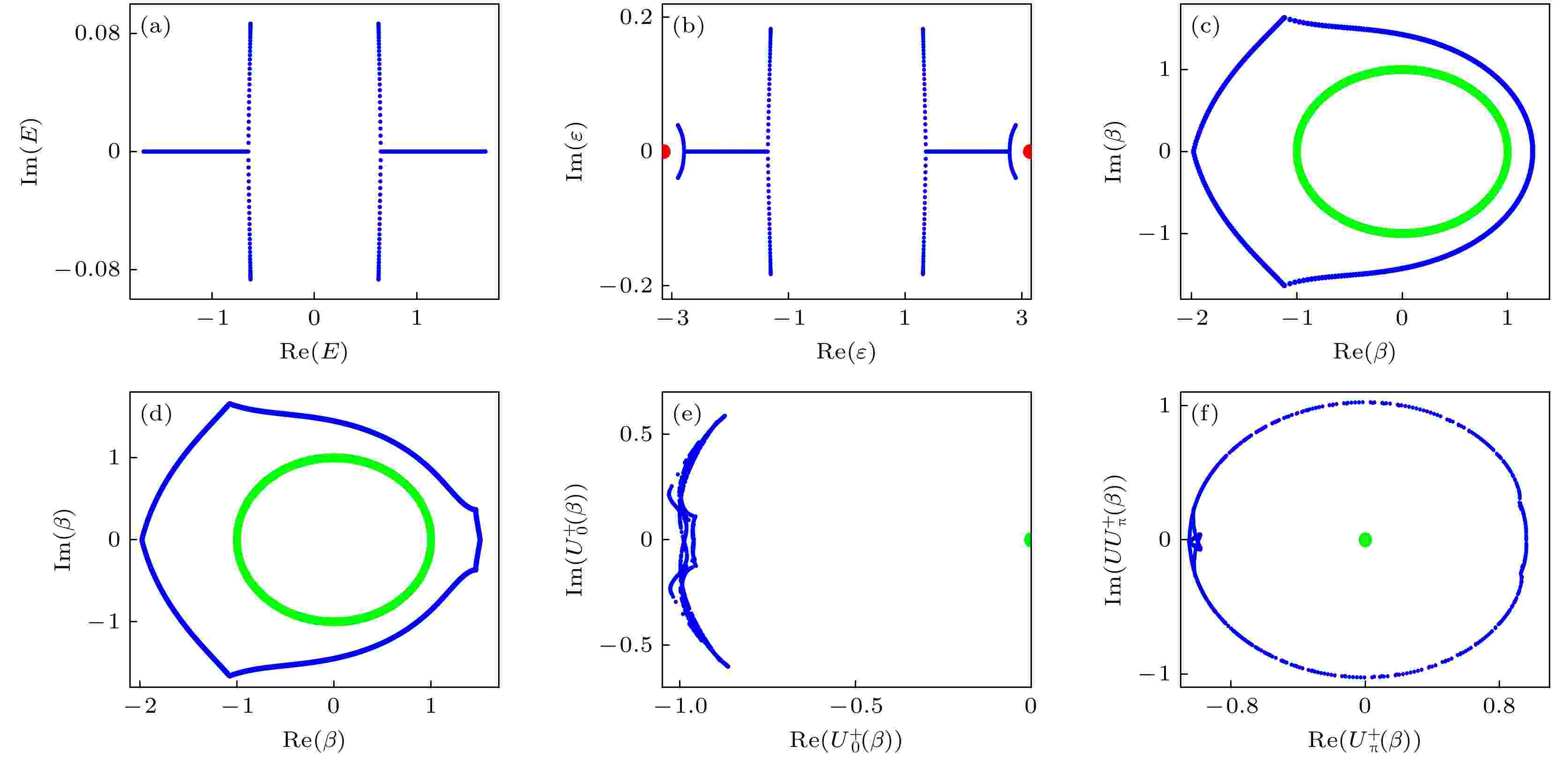
GENERAL
2025, 74 (18): 180301.
doi: 10.7498/aps.74.20250599
Abstract +
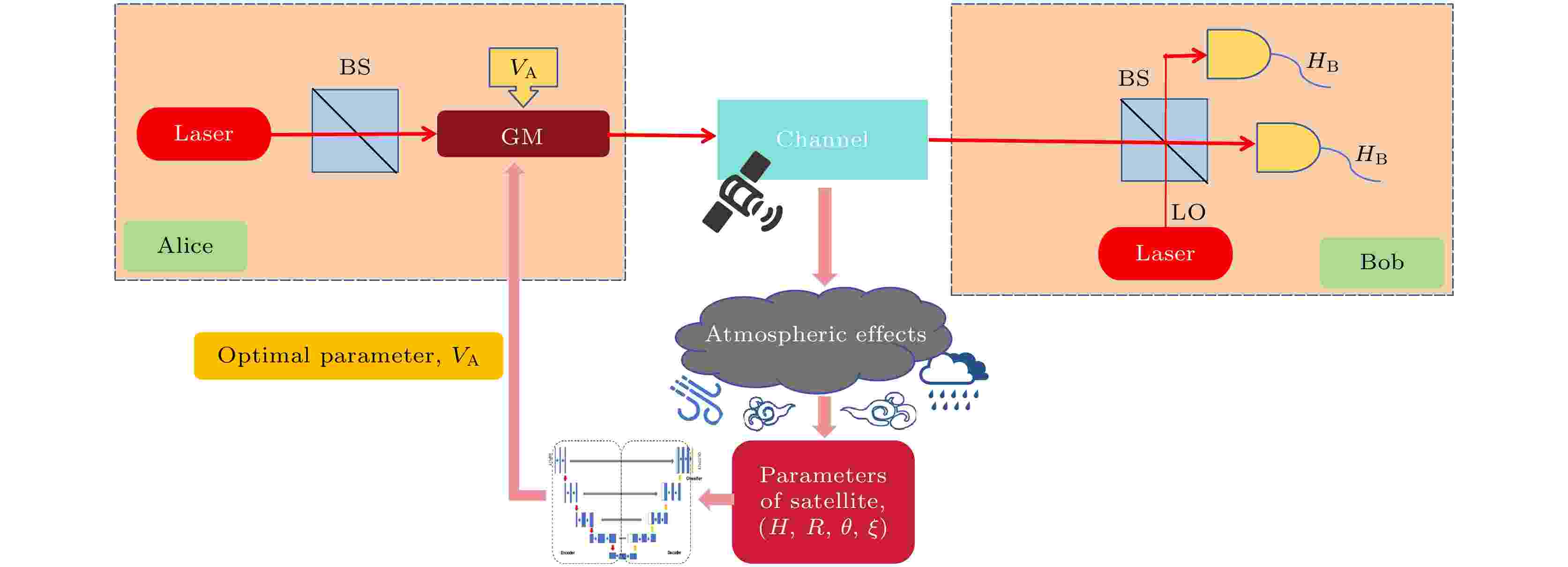
GENERAL
2025, 74 (18): 180302.
doi: 10.7498/aps.74.20250740
Abstract +
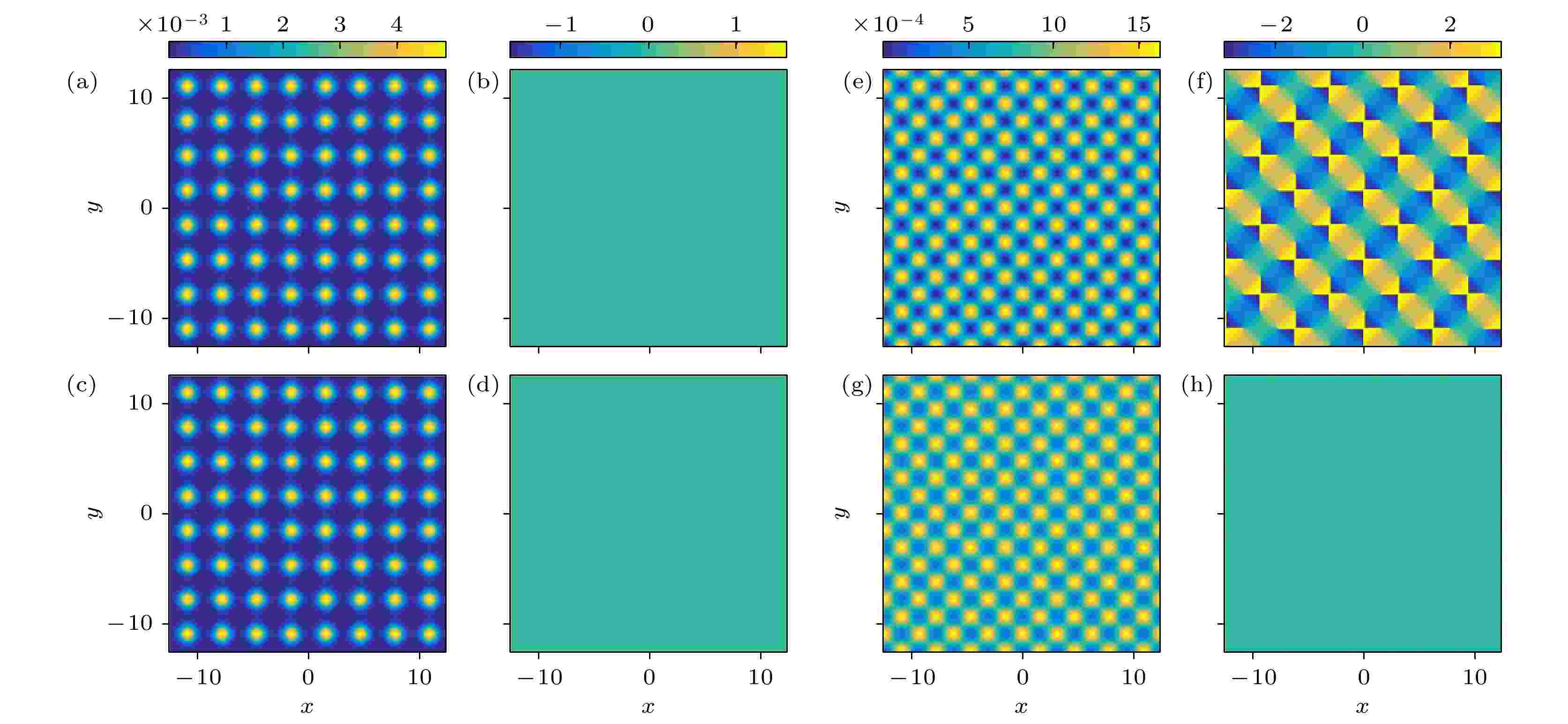
GENERAL
2025, 74 (18): 180303.
doi: 10.7498/aps.74.20250692
Abstract +
The ground-state topological properties of ultracold atoms in composite scalar-Raman optical lattices are systematically investigated by solving the two-component Gross-Pitaevskii equation through the imaginary time evolution method. Our study focuses on the interplay between scalar and Raman optical lattice potentials and the role of interatomic interactions in shaping real-space and momentum-space structures. The competition between lattice depth and interaction strength gives rise to a rich phase diagram of ground-state configurations. In the absence of Raman coupling, atoms in scalar optical lattices exhibit topologically trivial periodic density distributions without forming vortices. When only Raman coupling exists, a regular array of vortices of equal size will appear in one spin component, while the other spin component will remain free of vortices. Strikingly, when scalar and Raman lattices coexist, the system develops complex vortex lattices with alternating large and small vortices of opposite circulation, forming a staggered vortex configuration in real space. In momentum space, the condensate wave function displays nontrivial diffraction peaks carrying a well-defined topological phase structure, whose complexity increases with the depth of the optical potentials increasing. In spin space, we observe the emergence of a lattice of half-quantized skyrmions (half-skyrmions), each carrying a topological charge of ±1/2. These topological textures are confirmed by calculating the spin vector field and integrating the topological charge density. Our results demonstrate how the combination of scalar and Raman optical lattices, together with tunable interactions, can induce nontrivial real-space spin textures and momentum-space topological features. These findings offers new insights into the controllable realization of topological quantum states in cold atom systems.
GENERAL
2025, 74 (18): 180401.
doi: 10.7498/aps.74.20250644
Abstract +
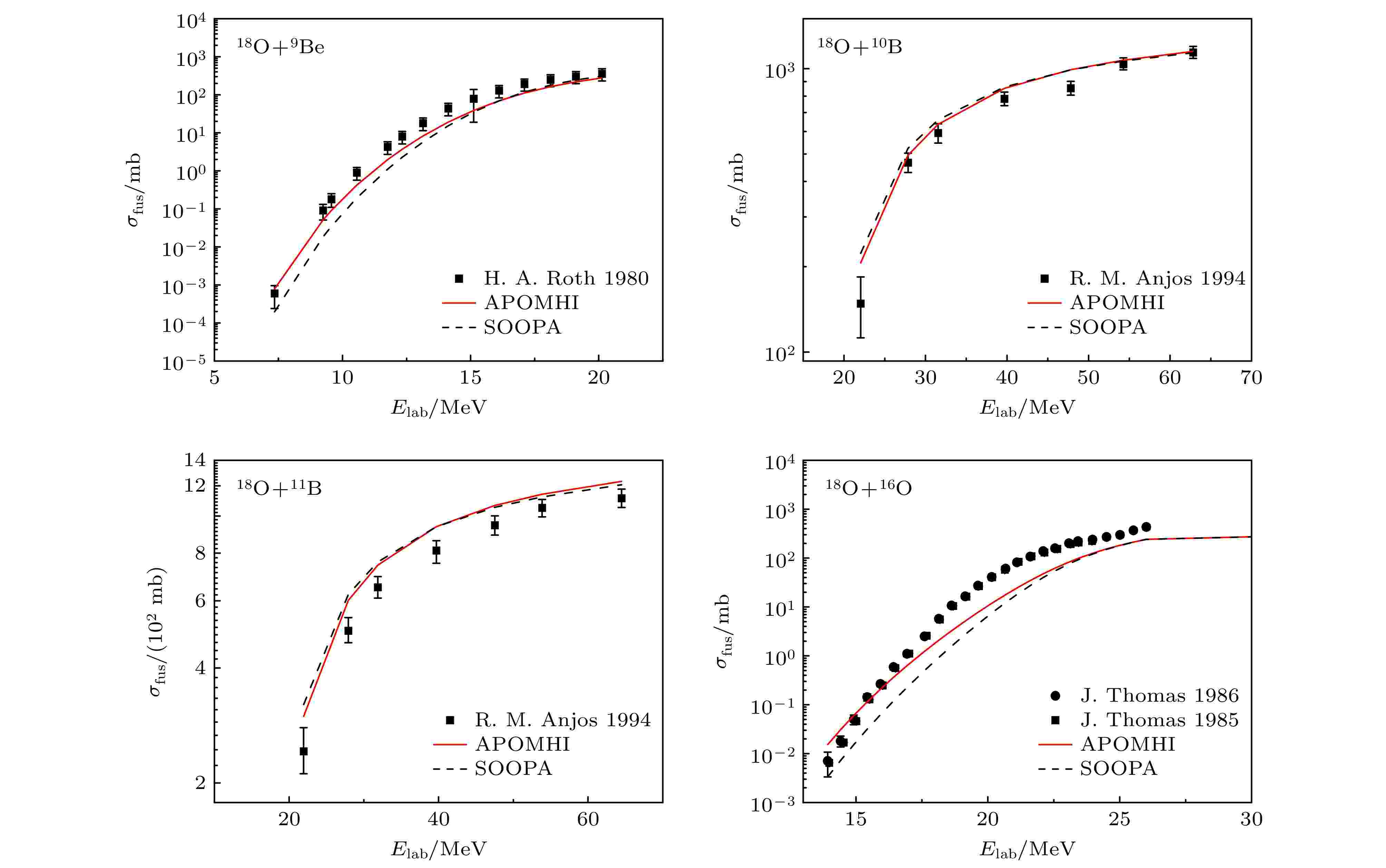
NUCLEAR PHYSICS
2025, 74 (18): 182401.
doi: 10.7498/aps.74.20250633
Abstract +
To describe the projectile-target interaction in heavy-ion collision, the traditional optical model is improved and a corresponding optical model for heavy-ion collisions is established in this work The program APOMHI is developed accordingly. In heavy-ion collisions, the mass of the projectile is comparable to the mass of target nucleus. Therefore, the projectile and target nucleus must be treated equally. The potential field for their relative motion must arise from an equivalent contribution of both nuclei, not just from the target nucleus. Consequently, the angular momentum coupling scheme must adopt L - S coupling, instead of j - j coupling. The projectile spin i and target spin I first couple to form the projectile-target system spin S (which varies between $ \left| {I - i} \right| $ and $ i + I $). Then, the spin S of this system couples with the orbital angular momentum L of relative motion, forming a total angular momentum J . Thus, the radial wave function UlSJ (r) involves three quantum numbers: l , S , and J , while traditional optical model only involves l and j . Furthermore, since the mass of projectile is similar the mass of target, the form of the optical model potential is symmetrical relative to the projectile and target. The projectile nucleus and the target nucleus are still assumed to be spherical, and their excited states are not considered. The projectile may be lighter or heavier than the target, but they cannot be identical particles. By using this optical model program APOMHI, the elastic scattering angular distributions and compound nucleus absorption cross sections for heavy-ion collisions can be calculated. Taking for example a series of heavy-ion collision reactions with 18O as the projectile nucleus, a corresponding set of universal optical potential parameters is obtained by fitting experimental data. The comparisons show that the theoretical calculations generally accord well with the available experimental data. Here, the results for fusion cross-sections and elastic scattering angular distributions using several representative target nuclei (lighter, comparable in mass, heavier, and heavy compared to the projectile nucleus) are taken for example. Specifically, the fusion cross-section results correspond to targets 9Be, 27Al, 63Cu and 150Sm, while the elastic scattering angular distributions correspond to targets 16O, 24Mg, 58Ni, and 120Sn.
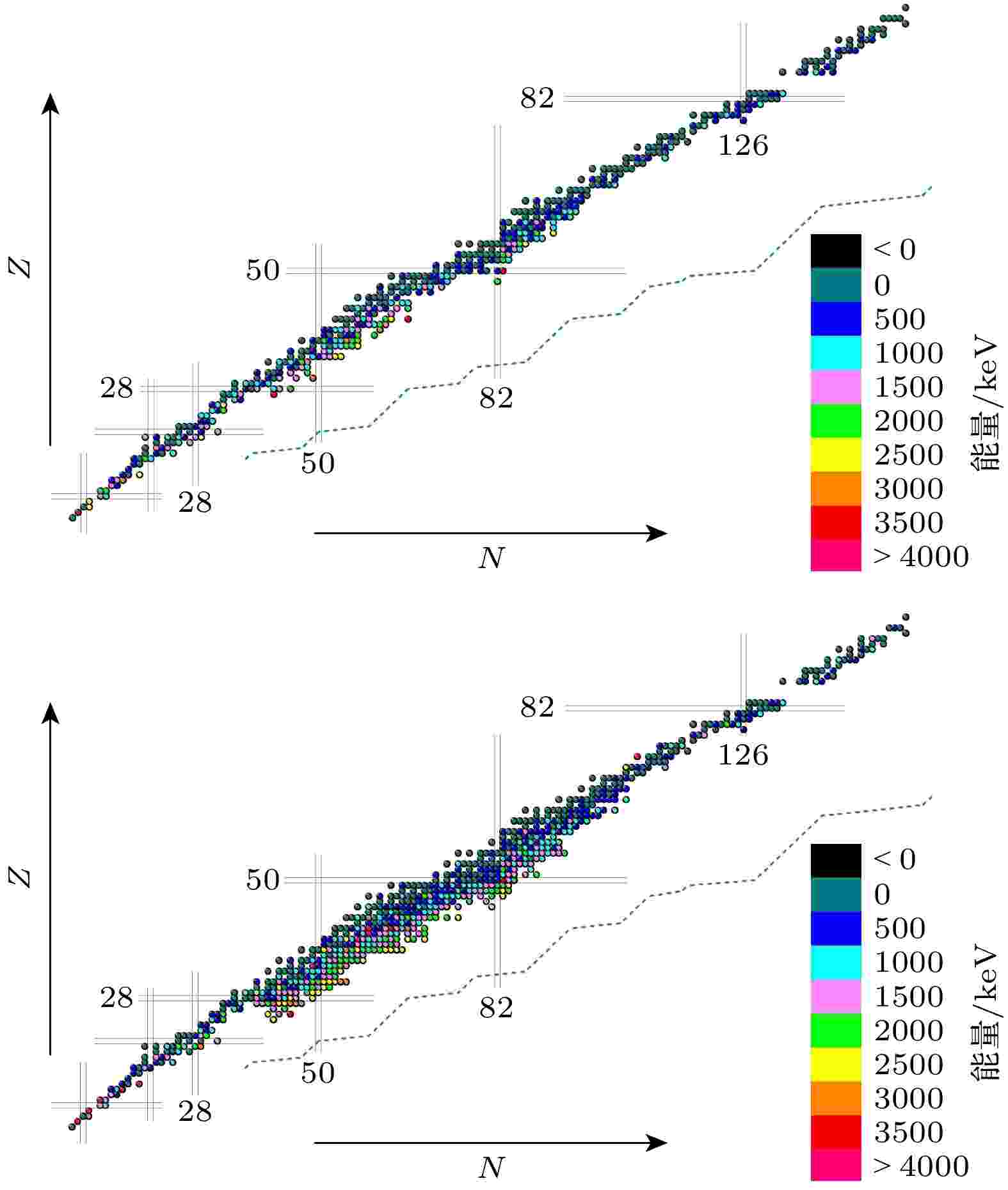
NUCLEAR PHYSICS
2025, 74 (18): 182901.
doi: 10.7498/aps.74.20250655
Abstract +

ATOMIC AND MOLECULAR PHYSICS
2025, 74 (18): 183101.
doi: 10.7498/aps.74.20250440
Abstract +
Electroosmosis drives a large slip velocity at the interface by altering the electrokinetic double layer effect at the fluid-solid interface, thereby generating high shear rates within the channel. In this paper, molecular dynamics simulations are used to construct an electroosmotic flow nanochannel model, and the fluid flow characteristics and wall slip reduction properties within graphene charged-wall nanochannels are investigated. The results show that the electroosmotic flow changes the structure of the bilayer to increase the mobility of its diffusion layer, and at the same time, the ions in the diffusion layer under the action of the applied electric field undergo directional migration and drive the overall fluid flow through the viscous effect, which enhances the mobility performance. After the introduction of ions, Na+ is adsorbed at the wall surface, which weakens the adsorption force between the fluid and the wall surface and enhances the driving force of the fluid in the confined domain space, thus increasing the slip length and flow rate. Finally, by modulating the charge size on the upper and lower wall surfaces, asymmetric channel wall charges are formed. The electric field gradient superimposed on the applied electric field further enhances the driving force of ions, changes the distribution of the of Na+ adsorption layer and the migration behavior of Cl–, thereby increasing the transport of the solution in the channel. Therefore, in this paper, a method is proposed to realize the ultrafast transport of solution in the channel by modulating the asymmetric wall charge of graphene, successfully achieving the slip reduction effect of the electroosmotic flow of solution in the graphene channel. A theoretical basis is laid for the fast and energy-saving transportation of microfluidics in the nano-limited space.
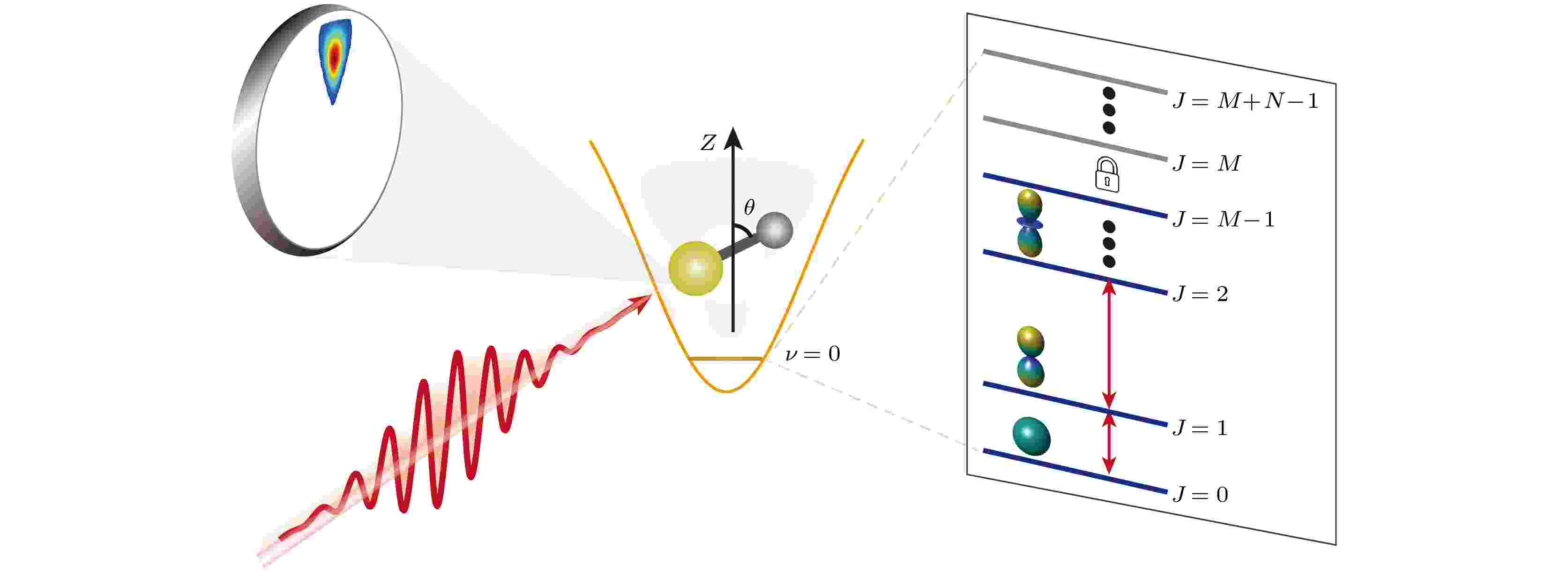
ATOMIC AND MOLECULAR PHYSICS
2025, 74 (18): 183102.
doi: 10.7498/aps.74.20250684
Abstract +
The design of shaping pulse fields for controlling molecular orientation is of great importance in fields of stereochemical reactions, strong-field ionization, and quantum information processing. Traditional quantum optimal control algorithms typically solve the problem of molecular orientation in an infinite-dimensional rotational space, but they often overlook the constraints imposed by experimental limitations. In this work, a multi-objective and multi-constraint quantum optimal control algorithm is proposed to design a pulse field that conforms to the constraints of pulse area and energy. Specifically, the algorithm enforces a zero pulse area condition to eliminate the static field components and maintains constant pulse energy, ensuring compatibility with realistic experimental setups. Under these constraints, the algorithm optimizes the population and phase distribution of a selected number of low-lying rotational states in ultracold molecules to achieve maximum molecular orientation. The effectiveness of the proposed algorithm is demonstrated through numerical studies involving two- and three-state target subspaces, where the creation of a coherent superposition state with optimized population and phase distribution leads to the desired molecular orientation. Furthermore, its scalability is validated by applying it to a more complex 17-state subspace, where a maximum orientation value of 0.99055 is obtained, approaching the global optimal value of 1. Our findings demonstrate that by effectively managing these constraints, the influence of rotational states in the non-target state subspace can be substantially suppressed. The time-frequency analysis of the optimized pulses, combined with the Fourier transform spectrum of the time-dependent degree of orientation, indicates that the maximum molecular orientation is mainly achieved through ladder-climbing excitation of multi-color pulse fields, with the contributions from highly excited states being minimal. This work provides a valuable reference for designing experimentally feasible pulse fields using multi-constraint optimization algorithms, which helps to precisely control a limited number of rotational states to achieve maximum molecular orientation.

ATOMIC AND MOLECULAR PHYSICS
2025, 74 (18): 183103.
doi: 10.7498/aps.74.20250812
Abstract +

- 1
- 2
- 3
- 4
- 5
- ...
- 16
- 17










